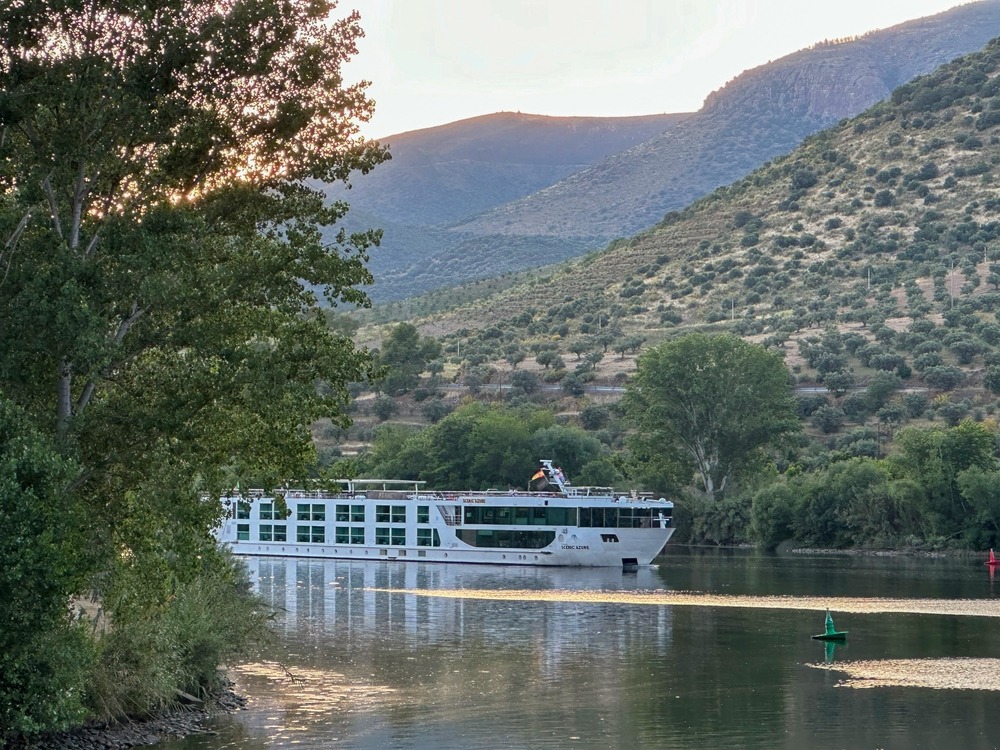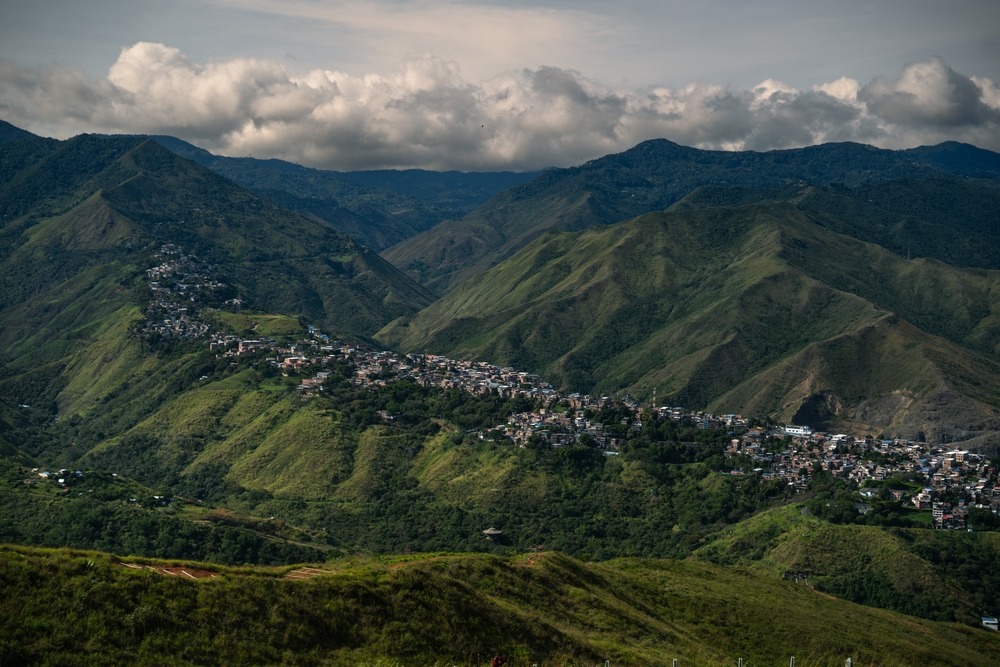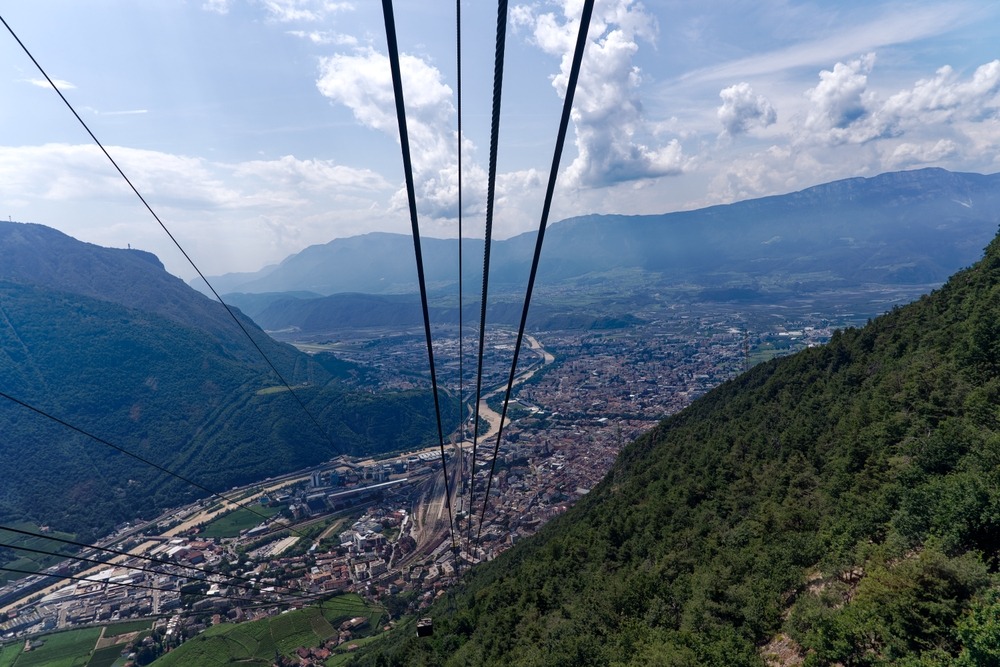Vega de Terrón and La Fregeneda: A Historical Overview

History of Vega de Terrón and La Fregeneda, Spain
Vega de Terrón, situated at the meeting point of the Águeda and Duero river, serves as the river port for the municipality of La Fregeneda in the province of Salamanca, within the Castile and León region of western Spain. Its location near the Portuguese border has historically made it an important gateway for trade and cultural exchange between the two countries.
The area around La Fregeneda has been inhabited since prehistoric times. Rock engravings discovered in the region indicate human activity dating back to the Upper Paleolithic period. In the Middle Ages, the territory was repopulated under the reign of King Fernando II of León and later came under the control of the military Order of the Temple. Throughout the centuries, La Fregeneda developed as an agricultural and strategic frontier settlement.
A major milestone in the town’s history came in the late 19th century with the construction of the La Fuente de San Esteban–Barca d’Alba railway. This railway, part of a grand international project, linked La Fregeneda with Portugal and featured a stretch known as the “Camino de Hierro,” which was engineered through steep terrain with tunnels and bridges. Though the railway eventually ceased operation in the 1980s, the infrastructure remains a marvel of engineering and is now a popular hiking route.
Today, Vega de Terrón is a key docking location for river cruises navigating the Duero. The surrounding area is known for its natural beauty, historical landmarks, and access to the protected landscapes of the Arribes del Duero Natural Park.
Top 25 Attractions in and Around La Fregeneda
-
Camino de Hierro – A hiking trail that follows the former railway route through tunnels and over bridges with dramatic views of the countryside.
-
Vega de Terrón Port – The only navigable river port in Castile and León, frequently used by Douro River cruises.
-
Church of San Marcos Evangelista – A local church blending Gothic and Baroque architectural styles, notable for its altarpieces.
-
Mafeito Viewpoint – An elevated lookout offering sweeping views of the Duero River gorge and surrounding cliffs.
-
Arroyo de las Almas – An archaeological site with ancient rock carvings believed to date back to prehistoric times.
-
Hermitage of La Anunciada – A small religious chapel built in a former village location overlooking the river.
-
La Fregeneda Train Station – A preserved train station that now serves as the starting point for Camino de Hierro excursions.
-
Arribes del Duero Natural Park – A nature reserve featuring dramatic cliffs, canyons, birdlife, and native flora.
-
Águeda River Bridge – A historic stone and iron bridge connecting Spain with Portugal across a striking river landscape.
-
Barca d’Alva – A nearby Portuguese village popular for its charming setting and cultural traditions.
-
Riverside Picnic Area – A peaceful spot for outdoor dining, rest, and leisure by the water’s edge.
-
Penedo Durão Lookout – A scenic viewpoint ideal for birdwatching and appreciating the grandeur of the Duero Valley.
-
Siega Verde Rock Art Site – A nearby site with Paleolithic petroglyphs carved into stone, offering guided interpretive trails.
-
San Felices de los Gallegos Castle – A medieval fortress that provides insight into the region’s frontier defenses.
-
Cachón del Camaces – A natural waterfall and recreational area perfect for a tranquil escape.
-
Municipal Pools of Villavieja de Yeltes – A family-friendly swimming spot for cooling off in the summer heat.
-
Sobradillo Keep and Visitor Center – A historical tower turned visitor center offering information about the Arribes region.
-
Águeda River – A calm river offering kayaking, fishing, and riverside walking opportunities.
-
Castle of Almeida – A Portuguese fortress shaped like a star, showcasing centuries of military architecture.
-
Olive Press Museum (Lagar del Mudo) – A small museum detailing traditional methods of olive oil production.
-
Freixo de Espada à Cinta – A nearby Portuguese town known for its historic center and ancient silk-making traditions.
-
Aldeadávila Dam – One of Spain’s major hydroelectric projects, with visitor access and observation areas.
-
Castro de El Castillo – A hilltop archaeological site revealing remnants of pre-Roman settlement.
-
Pozo de los Humos – A dramatic waterfall that creates a misty spray, especially powerful after rainfall.
-
Cascada del Pinero – A scenic waterfall surrounded by lush greenery, ideal for short hikes and nature photography.

Vega de Terrón and La Fregeneda combine natural splendor with a deep historical legacy. Visitors are rewarded with opportunities for cultural exploration, outdoor adventure, and a peaceful escape into one of Spain’s most scenic and historically rich border regions.


































